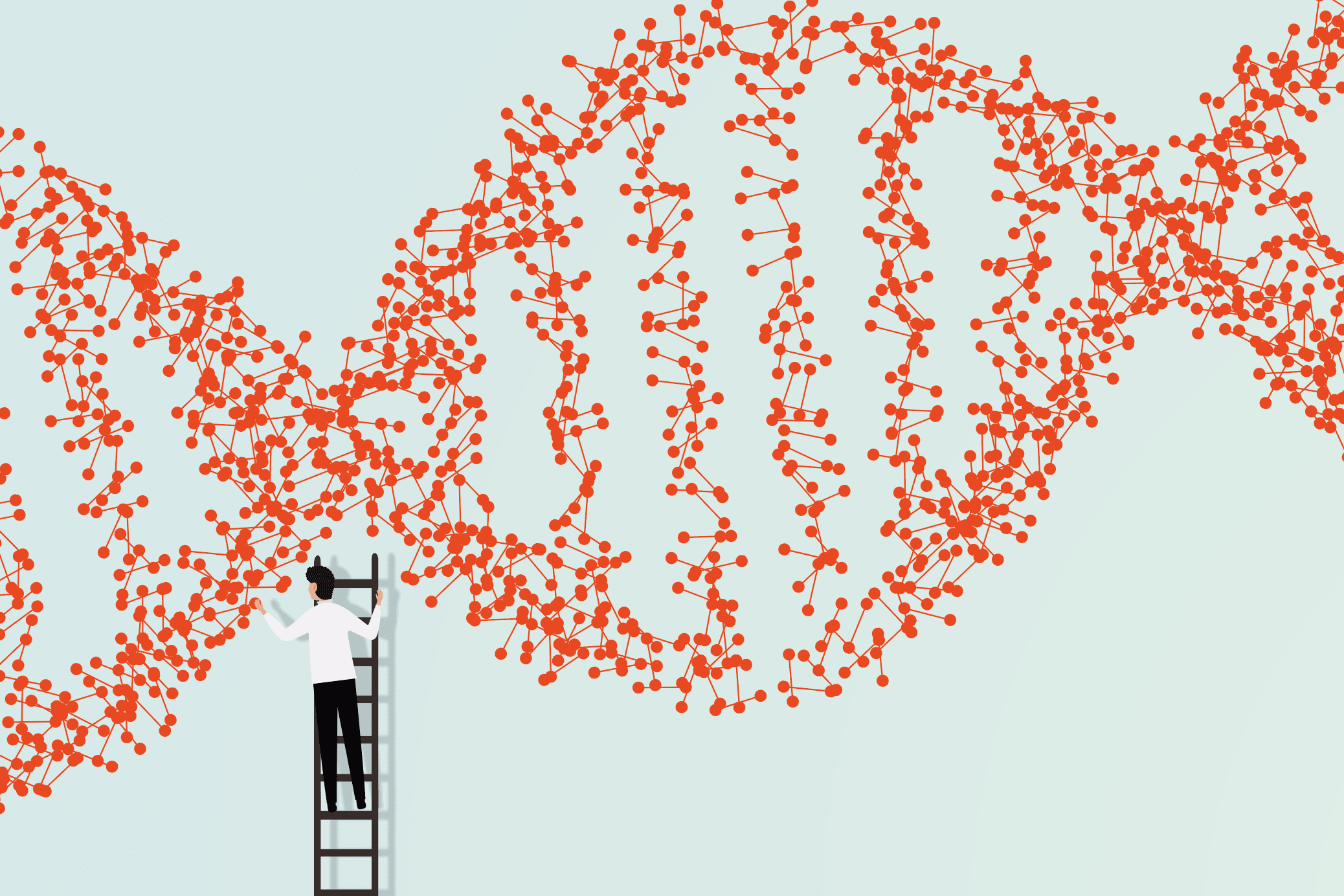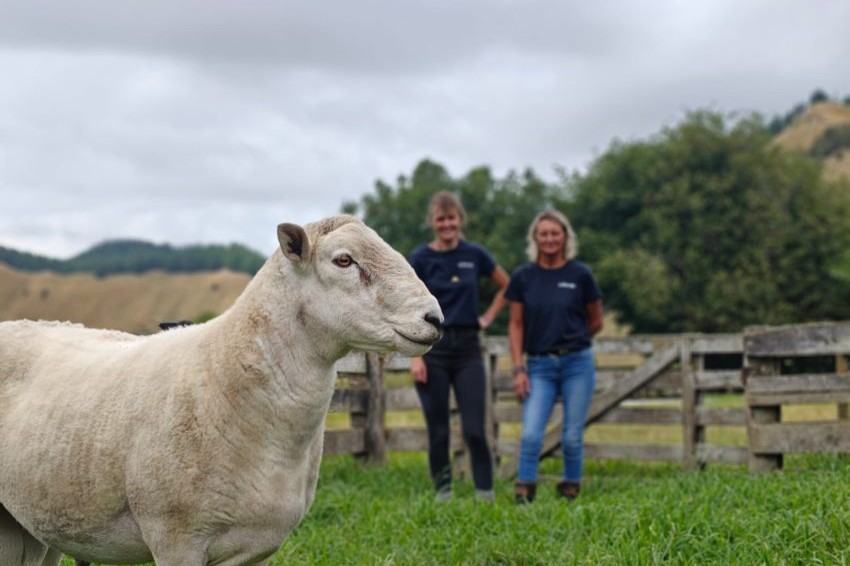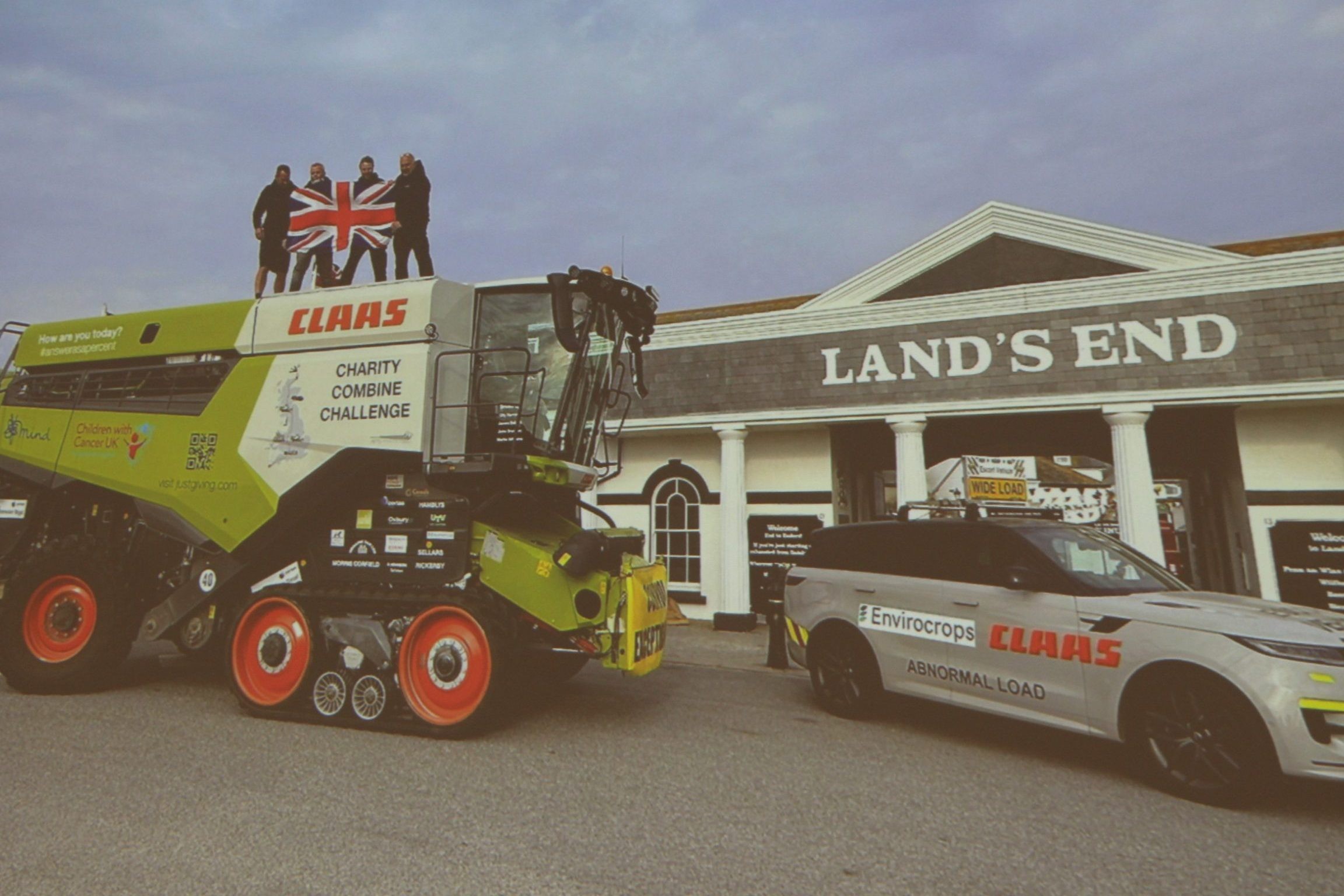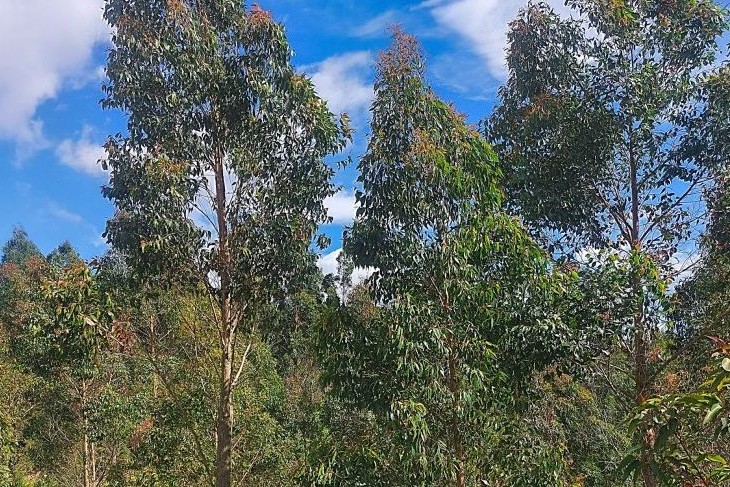Selecting genes to reduce methane
Massey University’s Dorian Garrick says genetics could play a part in reducing methane emissions in livestock, but it’s a complex and pricey process.

As global concerns over climate change intensify, the need to address methane emissions from livestock, particularly cattle, has become a pressing issue. A promising avenue for mitigation lies in reducing emissions per unit product.
By focusing on genetic improvements and refining management practices, livestock agriculture has the potential to be seen as a more environmentally sustainable sector.
But who should pay for the costs of developing and implementing systems to reduce methane emissions by selection? And what are the risks of selecting for reduced emissions? Selection sometimes has unintended consequences; do we know what these might be? And what are the threats that arise from doing nothing?
Methane production in grazing ruminants is a natural process that occurs during digestion. Ruminants, such as cattle, sheep and goats, have a specialised stomach called the rumen, which is home to a diverse community of microorganisms that help break down fibrous plant material including that from ryegrass and white clover pasture that ruminants consume.
During rumination the microorganisms produce methane as a byproduct of their metabolism. Some of the methane enters the bloodstream and is breathed out from the lungs, but most is expelled from the animal’s body through belching, which is why ruminants are a significant source of methane emissions.
The amount of methane expelled can be measured. A GreenFeed machine is a commercially available device that is used to measure methane emissions from individual cattle. It works by using an infrared gas analyser to measure the concentration of methane in the breath and belches of the animal. The machine is essentially a feeding station that is equipped with a gas sampling system. When the animal approaches the feeding station to eat, if its electronic ID allows it access, it breathes into a specialised chamber that captures a sample of its breath and belches. The sample is then analysed by the gas analyser, which measures the concentration of methane and other gases, such as carbon dioxide and oxygen.
Ranking implications
The amount of methane expelled varies from animal to animal, even if they are the same sex, fed the same diet, and are of similar age. The extent of emission varies from family to family, indicating that methane emission represents a heritable trait. Some of that variation is explained by variation in intake, with animals that consume more feed naturally produce more emissions. It makes sense therefore that many trials to measure methane emissions also calculate feed intakes over the same period.
Trials suggest about three-quarters of the genetic variation in methane emissions is still present after accounting for differences in intakes. So, it would be possible to select animals whose progeny would have lower methane emissions, or alternatively select animals whose offspring would have lower methane emissions for every unit feed consumed. Research on methane emissions in cattle has been undertaken for some years in Scotland and Ireland, but until recently NZ work has focused on sheep.
Any trait that exhibits genetic variation can be subjected to selection to increase or to decrease the mean of that trait over successive generations. However, ranking animals to facilitate selection has implications on costs and income. First, there is the effort and cost of measuring the trait. Weight traits such as weaning and yearling weights are cheap to record if you have electronic scales. And every bull breeder should have electronic scales if they are serious about genetic improvement. In contrast, measuring methane emissions is an expensive activity. GreenFeed machines themselves represent a considerable investment and require associated facilities, feed and feeding systems and trained personnel to collect and record emissions. Second, there are opportunity costs. Increasing selection intensity on a trait such as methane emissions will reduce selection intensity on other important traits. Getting more advances in that one trait will come at the expense of advances in other important traits that affect beef production efficiency, such as growth, reproductive performance and product quality.
Dairy bull research
A joint initiative of LIC and CRV with funding from the NZ Agricultural Greenhouse Gas Research Centre has now measured methane emissions in the last two intakes of young dairy bulls that LIC and CRV have selected for possible widespread use. This data includes measurements of more than 500 bulls that will sire most of the AI-bred dairy replacements in NZ over the next few years. One GreenFeed is in each pen which can house up to 12 bulls that are each allowed to access the machine up to six times a day. LIC reports that a typical bull visits about three times a day. Feed is dispensed keeping the animal in the feeding station for about five minutes each visit so that it has many opportunities to belch.
Dairy bull teams that have been predicted to have high or low emissions from these trials were used as sires in 2022. The daughters of these bulls will be born in 2023 and have their first lactations in 2025. There are plans to measure the daughters for emissions to assess the practical application and ramification of using this technology to alter the direction of selection relative to the past few decades.
Now consider the context for sheep and beef cattle farmers. The bull battery required for 750,000 beef breeding cows at a 2% mating ratio would be 15,000 bulls. If bulls are used for an average of three years, then 5000 new bull replacements are required to be sourced from bull breeding herds each year. Just testing the sires of these bulls would represent a considerable phenotyping effort – much larger than the effort required for testing the dairy bulls. And then the number of offspring born to beef breeding cows is a small fraction of the number of dairy cattle offspring. This greatly reduces the value proposition for selecting to reduce methane emissions in beef cattle relative to dairy cattle.
There is little point in measuring methane emissions only on the animals that will be used as parents. Genetic improvement can only occur when a pool of selection candidates is assessed, and when only a proportion of the best animals are then chosen to be used as parents. The smaller the proportion of tested animals that are selected, the greater the advance from selection. However, testing more candidates means the measurement costs also increase.
Bulls are more intensely selected than cows, since one bull can breed many cows. It therefore makes sense to measure bulls rather than cows. As any farmer will know, keeping post pubertal bulls together in pens can create some behavioural challenges. Measurements made earlier in life would be helpful, but weaning weight is an important trait to measure in beef cattle, and weaning takes place at six or seven months of age.
Genomic selection would also offer promise for selection to reduce methane emissions, but in my experience at least 10,000 cattle with phenotypic and genomic information that are related to the selection candidates would be required in order to provide any predictive ability in young animals.
Who pays?
Who should pay for the costs of reducing methane emissions by selection? Some obvious candidates include government, levy organisations such as Beef + Lamb NZ and the bull breeders themselves. But if the bull breeder invests in measuring emissions in their selection candidates, they should reasonably expect some downstream benefits, such as from a premium paid for the sires they sell to commercial farmers. A commercial farmer might reasonably expect a premium for the offspring they produce from the bulls they paid a premium for in order to achieve reduced emissions. That would require a traceability system that could recognise and reward those farmers who adopted this approach. Developing and administering such a system in a fair way would be challenging.
Then of course there are risks. Research work to date has indicated that a mechanism for reduced methane emissions might be faster passage of digesta through the rumen into the abomasum and small intestine, perhaps associated with reduced rumen capacity. Faster passage through the rumen can reduce the digestibility as less fermentation will have occurred, and a smaller rumen might limit the ability of cattle to consume large quantities of low digestibility pasture. Either of these mechanisms might reduce the efficiency of beef cattle production in NZ circumstances.
Nevertheless, we are a small country that relies on exports, for example to China. Imagine a press release that stated:
“In a groundbreaking move aimed at curbing climate change, China announced today that it will now exclusively accept beef imports from countries actively working to reduce methane emissions in their beef industry. This bold decision comes as the latest in a series of environmentally conscious policies implemented by the Chinese government, sending a clear message that the fight against global warming is a top priority.
“Experts predict that this new regulation will not only encourage worldwide innovation in sustainable livestock farming but also signal the urgency of addressing the environmental impact of meat consumption to governments and industries around the globe.”
While there are challenges and risks in addressing methane emissions, there will be market threats for those exporting nations that do nothing and market opportunities for those that can demonstrate reduced emissions. There is clearly scope for selection to reduce methane emissions in beef breeding cows, but genetic improvement is a long-term activity, and this will require at least 5–10 years of animal evaluation and selection activities before any effects flow through to export products.
Leadership, vision, and an implementation strategy organised at a national level is required. This will be challenging given the structure of the beef industry, but could be done with more serious investment by government and industry players. The alternative may mean that we have to reduce methane emissions associated with our beef exports by running fewer beef breeding cows and increasing our dairy beef production.




